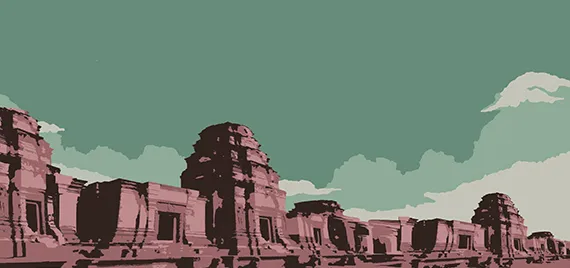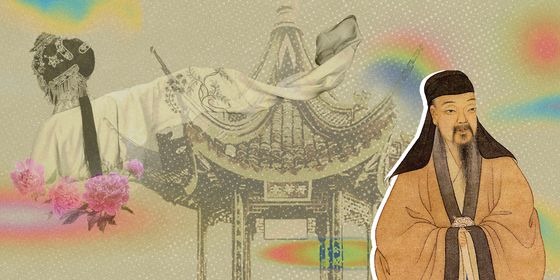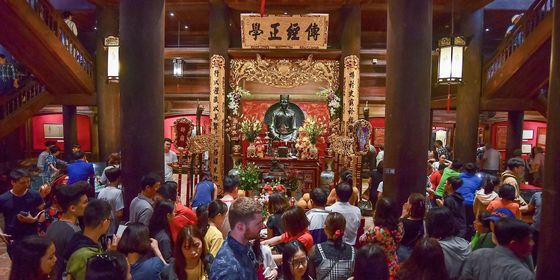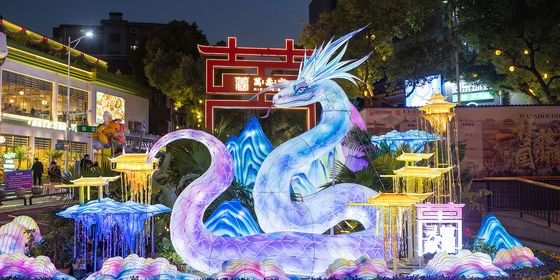Zhou Daguan’s travels to 13th century Cambodia and the fantastical tales he brought back
In popular imagination, China is a place more to be explored than one that churns out explorers. Ancient stereotypes of the nation often still hold sway today: mysterious, porcelain-skinned women, endless history, arcane religious practices, and cruel torture methods.
Over the last 700 years it is Marco Polo’s account that has contributed most to this feeling of China as a place ripe for exploring. Yet as this most celebrated of medieval explorers returned to Europe, sometime around 1275, ready to tell fantastical tales of his China travels, a lesser-known explorer left the country to set down his own record of a strange and exotic land. Zhou Daguan (周达观)’s A Record of Cambodia: The Land and Its People, (《真腊风土记》, sometimes translated, more simply, as The Customs of Cambodia) is the only surviving first-person account of the vast and powerful Khmer Empire (802 – 1431), which spanned across South East Asia—the empire that built Angkor Wat, which today stands as one the most astounding pieces of religious architecture on the planet.
Aside from Zhou’s account, there are little more than a smattering of temple carvings and inscriptions to help us understand this remarkable period of Khmer prominence, and as such his account is of great historical importance. Much of the history of the period taught in Cambodian schools today draws heavily on Zhou’s account of the year he spent there from 1296 to 1297. A Record of Cambodia is fascinating insofar as it zig-zags between detailed and occasionally bland reportage through to the recording of spectacular myth and rumour such as the Cambodian king’s nightly lovemaking sessions with a nine-headed snake.
Unfortunately very little is known of our obscure explorer. It appears he was an envoy in a delegation sent to Cambodia on behalf of Yuan Dynasty Emperor Temur Khan (元成宗) who ruled China between 1294 and 1307. The precise intention of this delegation is unclear but it is likely that it was a diplomatic one with peaceful aims, Temur being less of a warmonger than his famously aggressive grandfather Kublai Khan.
Zhou was from Yongjia (modern day Wenzhou), a prosperous port city in transition (only having recently fallen to Mongol invaders) inhabited by traders, soldiers, Muslims, and migrants among others, all of which should have contributed to an outward-looking nature in Zhou. However, this is not always evident and Zhou’s sheer sense of Chineseness brought heavily to bear in the book, not to mention comments often instilled with an innate sense of superiority. But perhaps such thoughts are understandable—it is likely that Zhou, as an educated Chinese, believed that China was the absolute center of the civilized universe, in much the same way that British colonialists several centuries later believed that “God was surely an Englishman”. As translator Peter Harris notes in his introduction:
“Zhou is an observant traveller, but his writings bear the hallmark of a Chinese traveller abroad, with their condescension, sometimes prurient interest in erotica, and earnest efforts to tabulate, elucidate and observe exotica in language that people back home will enjoy. These qualities are typical of other imperial travellers.”
And so it is that even with something as simple as chapter titles that Zhou’s intensely Chinese world-view shines through. Chapter five sees Zhou writing about various holy men and monks in Cambodia and is titled “The Three Doctrines”. While the three doctrines (Daoism, Buddhism, and Confucianism) are the main strands of thought that have underlined Chinese philosophical traditions for the best part of two millennia, the only one which could have had any significance in Cambodia in 1296 was Buddhism. The Khmer Empire was a confused mix of Buddhist and Hindu beliefs, yet throughout the book Zhou consistently refers to what were, almost certainly, Hindu priests as Daoists. It is unclear if his refusal to look at religion in Cambodia through anything other than a three doctrine’s lens is through reverence to “the sacred dynasty”, sheer bloody-mindedness, or simply a lack of belief that anything could exist outside of the three teachings. Another notable chapter heading is “Salt, Vinegar, and Soy Sauce”; in it Zhou writes, “They do not know how to make soy sauce, either. This is because they have no soy beans or wheat, and have never made a fermenting agent.” That chapter is partly dedicated to a condiment that didn’t even exist in Cambodia, attests to how much its absence was felt by the Chinese adventurer, and no doubt similar disappointment faces many Chinese travellers in foreign lands today.
Though Zhou diligently logs the food, flora, animals, and buildings of ancient Cambodia, it is invariably the points where a travelogue turns to the esoteric, strange, cruel, sexual, and previously unseen that it truly begins to fire the imagination. And with young Zhou (he was probably in his 20s at the time of writing) there is no lack of this. Perhaps the most unusual practice to grab Zhou’s is zhentan, a ceremony that supposedly involves all the young girls in Cambodia (between the age of seven and 11) being deflowered by Buddhist monks or Hindu holy men. What jars and horrifies the modern reader is actually presented as a deeply auspicious occasion, but exactly why these girls needed to lose their virginity before marriage in this way is unclear; it is possibly apocryphal. Zhou writes:
“Two pavilions are put up, made of colourful silk. The girl sits inside one, and the monk inside the other. You can’t understand what he is saying because the drums and music are making so much noise…I have heard that when the time comes the monk goes into a room with the girl and take away her virginity with his hand, which he then puts into some wine. Some say the parents, relatives and neighbours mark their foreheads with it, others say they all taste it. Some say the monk and the girl have sex together, others say they don’t.”
“Ancient China’s Cambodia” is a story from our latest issue, “Law”. To continue reading, become a subscriber and receive the full magazine. Alternatively, you can purchase the digital version from the iTunes Store.












